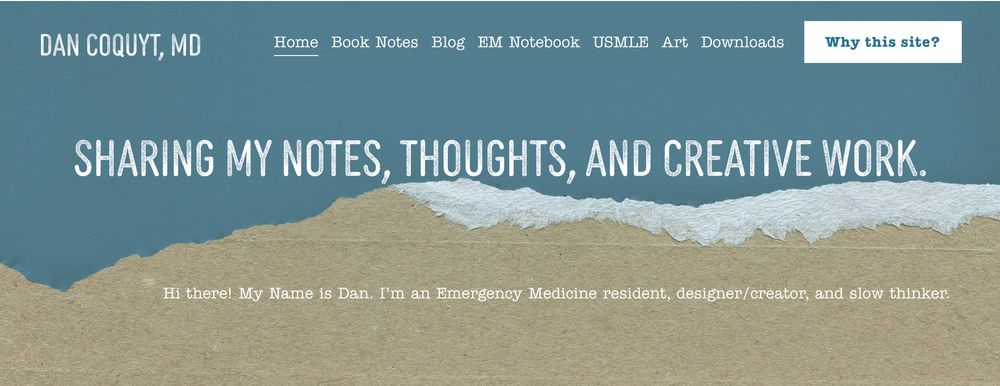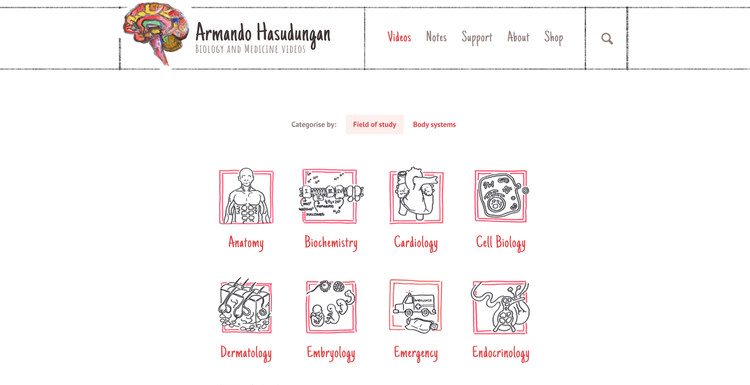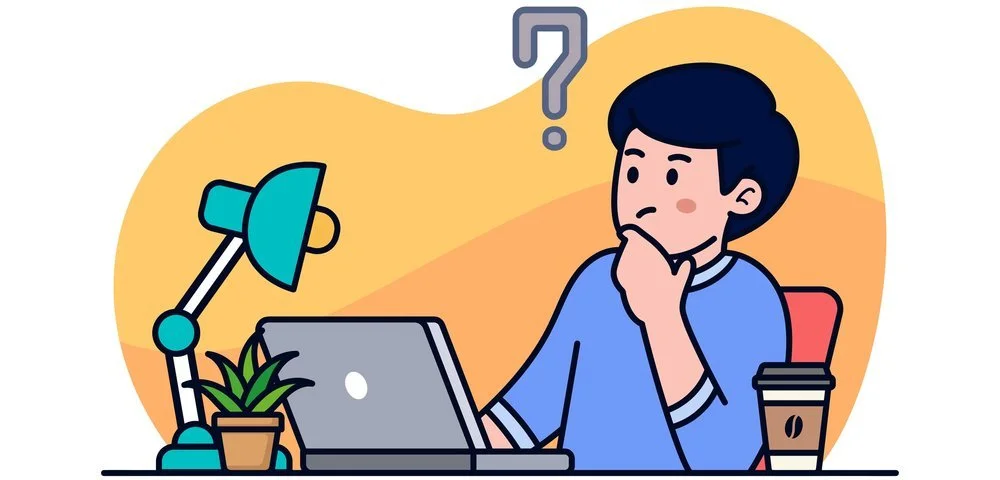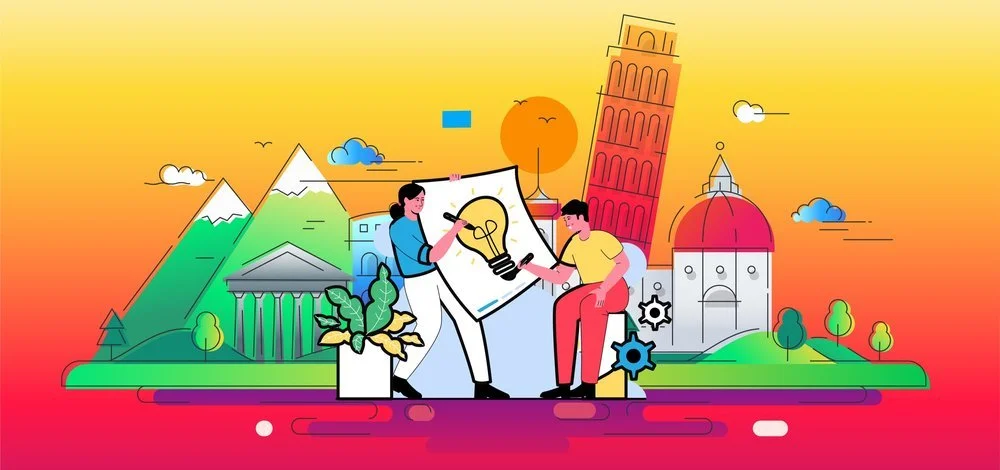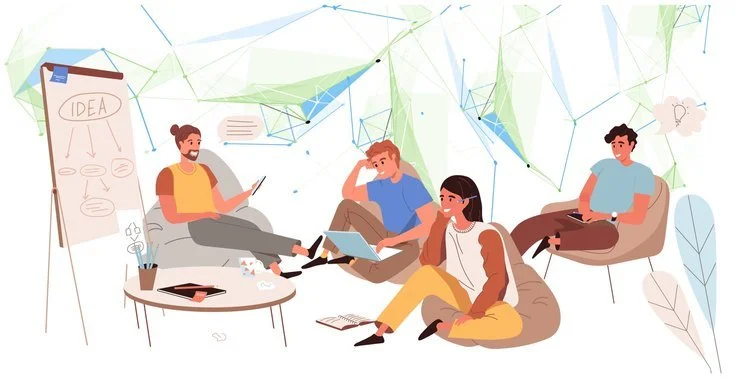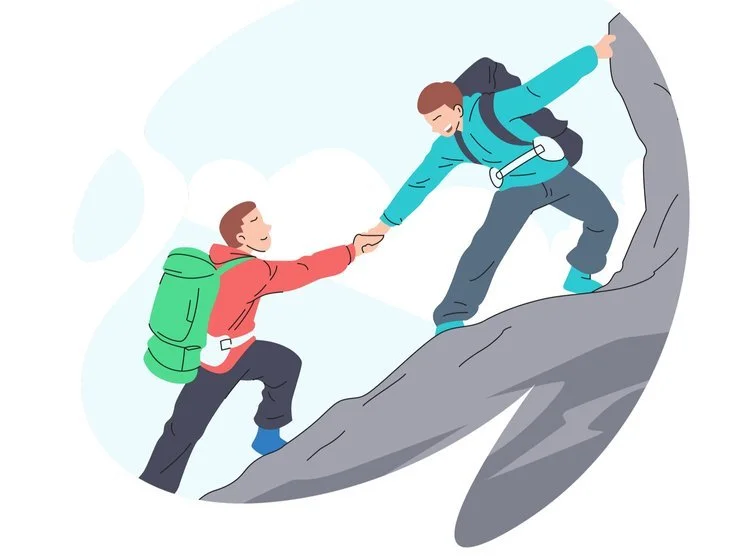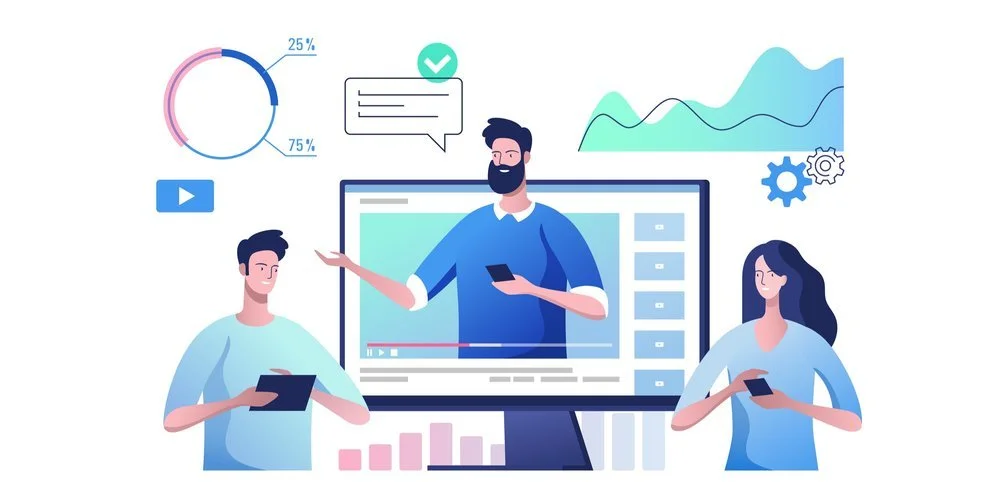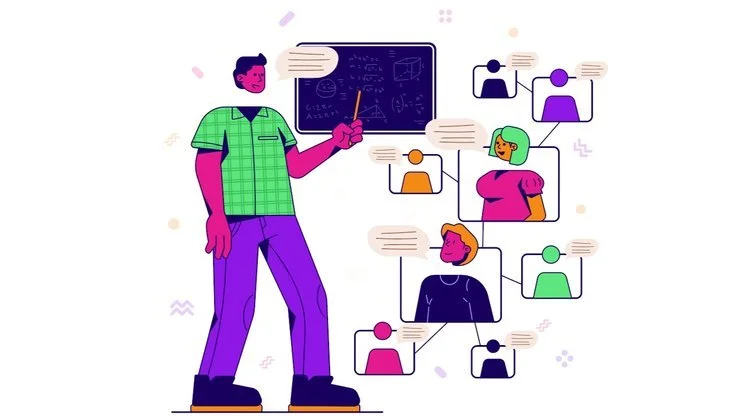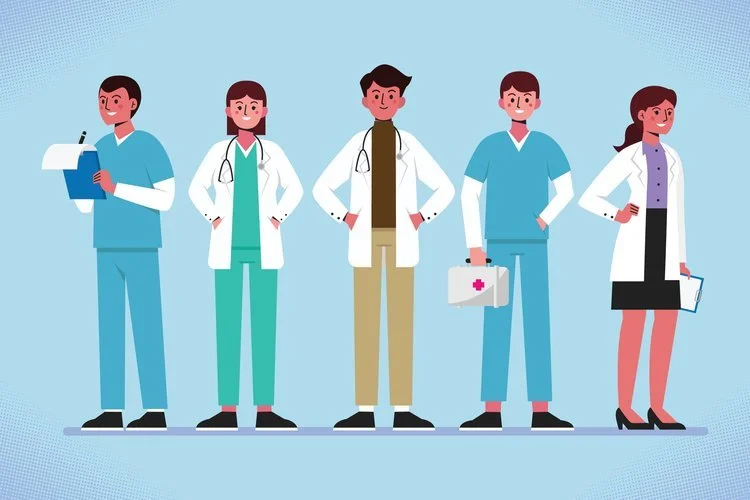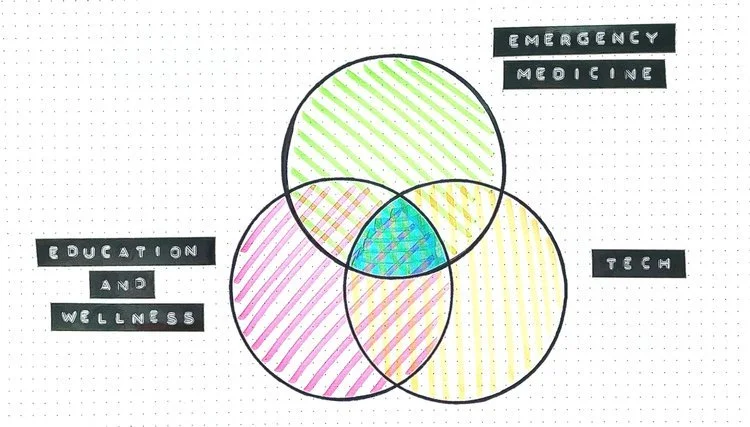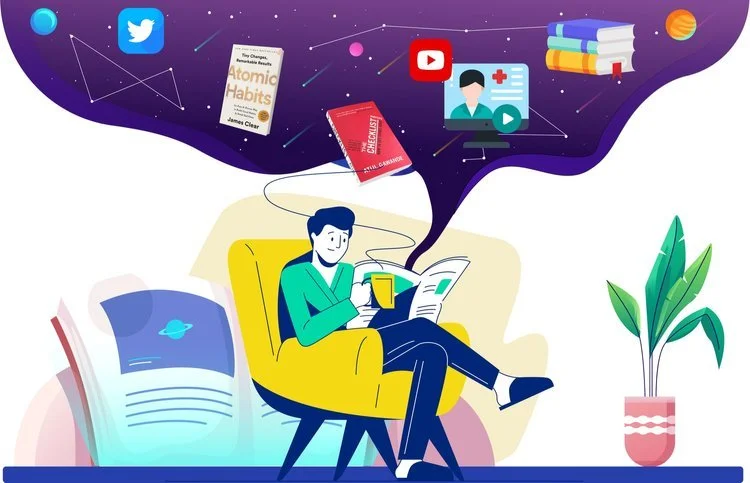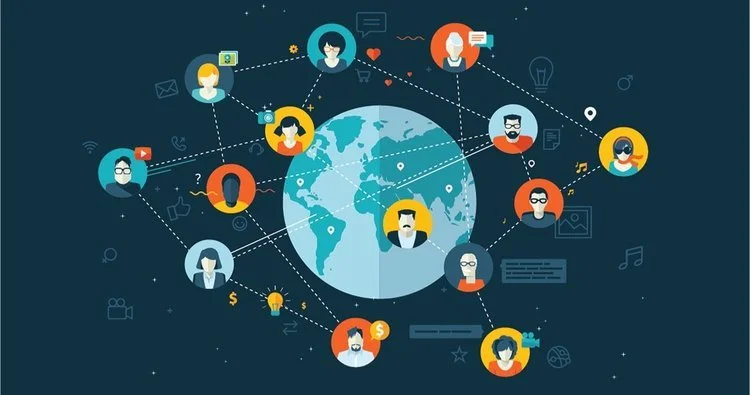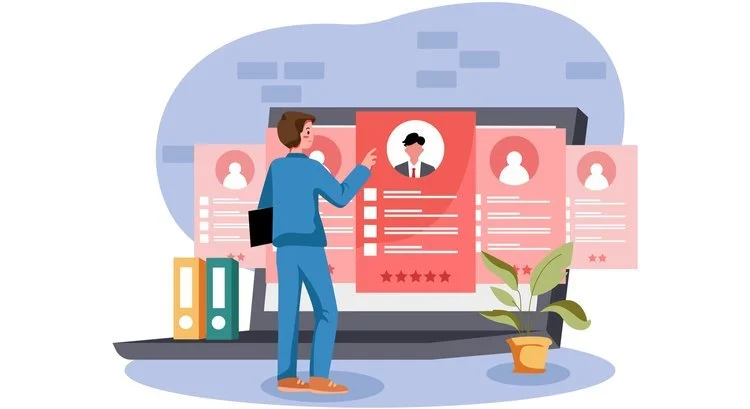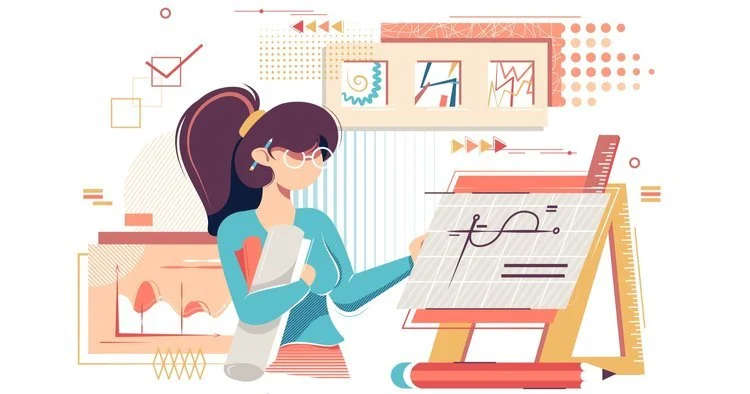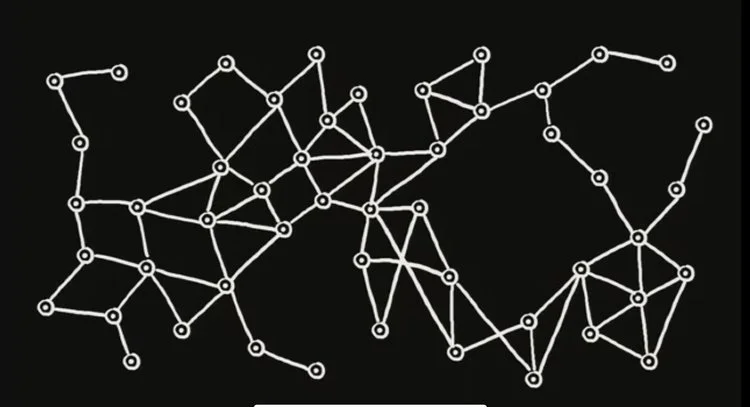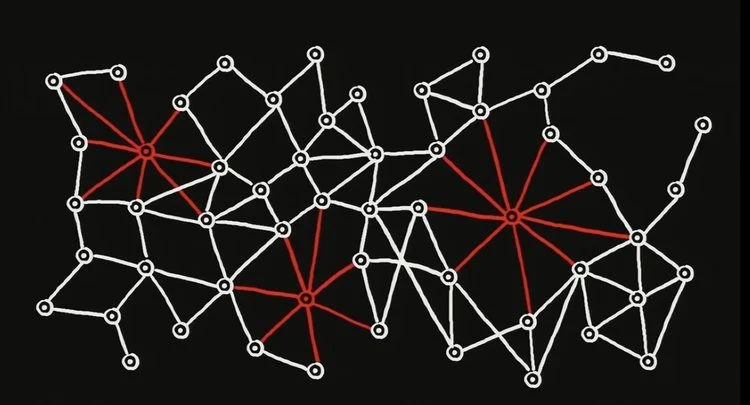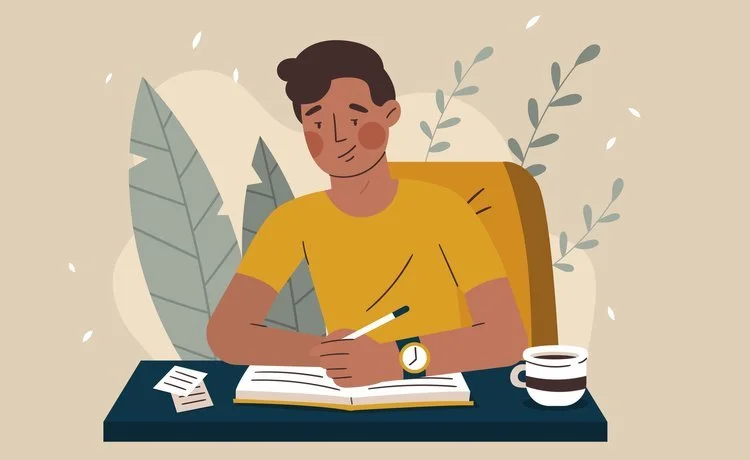Show Your Work
Who is this book for? Anybody on a learning journey, especially medical students and residents.
Why is it awesome? When learning something or working on any sort of project - Use pictures, videos, or notes to share with the world each step along the way. Nobody becomes a physician overnight - It takes years filled with failures, successes, and “Ah-ha!” insightful learning moments in a process of self-discovery. The more we these moments with others, the more we: (1) Help others, and (2) Connect ourselves to others who share similar interests, for feedback and project opportunities.
What does it mean to “Show Your Work?”
Share your learning journey (your thoughts, notes, process, learning moments) to others online for free.
You don’t need to be an expert to share what you know. Sometimes, beginners can help other beginners more than an expert can. For example, an attending physician may forget what it’s like to be a first year medical student, and therefore a fellow student can sometimes be a better teacher.
By sharing your work online, you’ll be able to connect with those in your audience who share similar interests, and this can change your life.
It means to share bits and pieces of the behind-the-scenes process of a learning journey you’re on or project you are working on.
For medical students, this might mean sharing notes, insights, and resources to your class.
For a resident physician, this might mean sharing to your fellow residents or future residents going through the process after you.
This can be shared in-person, online, over email, or within any group you belong to.
Why “Show Your Work”?
(1) Showing your work helps other learners grow.
(2) Showing your work connects you to others with shared interests.
Even if you aren’t an expert, the fact that you are learning something means that you can share your experience, and there will be someone in the world who will find that helpful.
As a bonus, the sharing process connects us to others who share similar interests.
Common examples include Blogs, YouTube Videos, Reddit posts, or even entire websites dedicated to sharing work.
Creating this website
I’ve been considering creating a blog and website to share some of the lessons that I’ve learned from medical school, residency, and books that I’ve read. This book motivated me to create it.
My Favorite “Work-Sharers” in Medicine:
Lessons from this Book:
This book is short but impactful. Here are the five biggest themes that I’ve taken and organized in a way that applies to my life:
(1) Innovation Results from Community
(2) Teach What You Know (You don’t have to be an expert!)
(3) Sharing = Authenticity
(4) Stumble across something cool? Share it
(5) Working on something? Share it
(6) Find Your Fellow Knuckleballers
Revolutionary Ideas are Rarely Created Alone
There is a common public belief that many of the creative geniuses throughout history had a “stroke of inspiration” where they magically think of an idea, work in solitude, and then emerge with a revolutionary creation. Like Steve Jobs creating the new iPhone or the CEO of Epic inventing a new medical record software. Often, this isn’t true.
History of Collaboration:
Many creative geniuses throughout history were actually a part of a whole scene of people who were supporting each other and sharing ideas. These are some examples Kleon provides in his presentation at SXSW:
Leonardo da Vinci
Leonardo Da Vinci is known for his artwork, and he was a part of a group of artists in 15th century Florence, working together and sharing ideas.
Pablo Picasso
Pablo Picasso is a famous painter, sculptor, and printmaker, and was also a part of a collective of painters bouncing ideas off of each other in Paris in the early 20th century.
The Talking Heads
“The Talking Heads” is known for their unique sound and famous songs. They were a part a scene of different music groups inspiring each other in New York in the 1970’s.
The above isn’t intended to take away the achievements of those individuals, but acknowledges that great work isn’t created in solitude. Creativity and innovation is the result of the mind connecting the dots between references.
Be an Amateur:
Sometimes, amateurs have more to teach us than experts. An amateur understands the beginner’s mind. The expert doesn’t.
Learning from our Medical School Classmates
Throughout medical school, I can think of many occasions where I felt like a classmate was able to explain a concept to me better than the lecturer.
The lecturer is significantly more knowledgable. Why then, can our classmates sometimes teach us more effectively?
The Beginner’s Mountain
Kleon argues that, because some people are such experts in their field, it is difficult to remember what it was like starting out. To a beginner, some topics can seem like massive mountains that are impossible to climb. As an amateur, you’re more likely to remember this struggle, as you recently experienced it yourself. This is why amateurs can make great teachers.
How can we use this concept during a career in medicine?
The minute you learn something, turn around and teach it to others! Share your reading list. Point to helpful reference materials. Create some tutorials and post them online. Use pictures, words, and video. Take people step-by-step through your process.
What’s in it for the person who shares?
Teaching is not completely altruistic:
When you share your knowledge and your work with others you receive an education in return.
Sharing connects us with others:
Sharing our work connects us with others who share similar interests and may be working on similar projects. Meeting other people who get excited about the things we get excited about is all part of the human endeavor.
USMLE Step 1
Reflecting on this, I know I’ve fallen victim to the idea that learning in medical school should be a singular process.
During the months leading up to our USMLE Step 1 exam, almost all of my classmates had a plan to go “lock themselves into a den” and study every moment possible to get the best score possible. This book makes me wonder - Could there be better way to approach studying for this monster test?
What other groups of high-performers practice sharing and receiving?
Kleon provides examples of how a number of different high-performing groups share what they’ve learned for the greater good, and as a result learn from others and improve their own practice.
Baseball Pitchers
One specific group of high-performers in which secrets are commonly held to the individual are MLB baseball pitchers. Of course this might not be true for every pitcher, but as a whole this group has a reputation for keeping what they know to themselves.
Although this might appear to give each pitcher a competitive edge, Austin argues that this type of secrecy is actually counter-productive. Ironically, it hurts the group and the individual.
A special group within the baseball community… The Knuckleballers
Among these competitive athletes, there is a smaller group that takes a different approach. Not many pitchers attempt to master the knuckleball, but there is a small group that actually practice it. These are the knuckleballers.
Instead of keeping all the secrets to themselves, they share what they know.
Knuckleballers share what they know.
Instead of being competitive with each other, knuckleballers share their knowledge with each other for the shared goal of improving the knuckleball pitch. They share what they know and in return, receive get insights.
In Medical School and Residency… Find your fellow knuckleballers.
As you start sharing your notes, insights, resources, and goals with those around you, you will run into your fellow knuckleballers. These are the people who share your obsessions and a similar mission to your own.
My Own Interests
Another reason why I made this webpage was to find my fellow knuckleballers. This isn’t a page of answers; but I can share my thoughts, ideas, and projects and collaborate with others. These are a few of my interests:
Wellness in Emergency Medicine
EMR Dashboard Design for Emergency Department Workflow
Leveraging the PKM (Personal Knowledge Management) Framework for collecting and saving learning points from Case Conferences and M&M Presentations
Find something cool as you’re learning? Share it!
As you research your interests and you come across cool stuff, share it to the world! And of course, give credit to the creator so others can find more of it.
When you share the things you love, you wind up meeting the people who love those things too.
Expand Your References
Of course, the first step of this is to be curious, listen to the world around you, and expand your references.
Pay attention to what other creators and innovators are doing, inside medicine and outside of medicine.
The World is a Big Place
Your unique interests are what set you apart from everyone around you. The world is a massive place (over 7.5 billion people) and chances are, no matter how unique your interest is, there are thousands of other people around the globe that share that same interest. Even if they are 10,000 miles away.
Your Stuff Has a Story
With just a quick glance around our room, we can find a few personal items that tell a lot about our interests and tastes. These clues can guide us in sharing our work.
For example, a few things around my apartment:
Bookshelf (→ I love reading self improvement books, and this prompted me to create this blog)
Camera Gear
Travel Photos (→ I love travel, and these photos prompted me to create this blog)
We all have our own unique things and cool experiences with using them. These are things that we can share with others, and that others can learn from.
Share What Makes You Unique
We all have different interests and life experiences, and our personal mix gives us our unique perspective.
Differerent hobbies, work, education, and travel experiences give us even more opportunities to leverage what unique experiences we’ve had. By being in tune to what genuinely interests us (see → Lion Tracker Guide to Life), and sharing that with the world, we will only continue to grow and make unique contributions. Again, it’s a win-win.
Medical School Applicants
Getting into medical school and matching into residency feels like it is getting more competitive each year. Although grades are important, at the end of the day, it is usually our unique characteristics that make us stand out from the crowd.
Learning a new topic in Medicine? Document and share your learning journey online.
How did you learn how to do that first step?
There’s someone out in the world that would love to know.
Think about what you know how to do, and what others might be interested in learning. There are thousands of other medical students or residents in the world learning the same topics you are. When you teach someone how you learned something, you let them work over your shoulder.
A Goal of this Website: Building a Community of Learners in Emergency Medicine.
When creators generously share their ideas and their knowledge, they nurture a community that gives them feedback in return. Together, knowledge is shared, and innovative projects are built.
“These creators are putting in their effort, sharing pieces of the work and having faith that over time, those little bits of effort will turn into something bigger.”
The Existing Creative Lattice
The best innovators don’t network, they just keep producing more creative work. As you are contributing to a community of people with specific interests, you’ll not only be able to observe what’s being done, but also observe what’s not being done.
There are voids in the creative lattice, and this is where you can use your own creative efforts to fill them in with something valuable.
Innovation: Filling in the Holes of the Creative Lattice
“You just keep doing your creative work, look out for the voids, and fill them in with your own efforts. In many cases, these voids can be filled with things that you already know, but would be valuable to others. Connect, create, observe, and repeat.”
Wish a specific book/app/resource existed? Create it!
When Austin Kleon was working on his book, “Steal Like an Artist” he describes how he was simply writing a book that he wanted to read. He wanted to read a book on this topic, and noticed it was missing from the bookshelf, so he just went ahead and wrote it himself.
This reminds me of the advice I read titled “Scratch Your Own Itch” from the book “Tools of Titans” by Tim Ferriss.
This means that if along your learning journey you find yourself wishing that a certain tool existed (A guide book, a question bank, a learning/educational app, etc), to “scratch your own itch” and go create it yourself.
Other people will be happy you did.
Conclusion
Alright, so those are the biggest learning points that I took away from reading this book.
I absolutely love reading and sharing what I learn, and I can say without a doubt this has been one of the most impactful books that I have read in residency.
This is one that I will be referencing regularly too as I progress along the “Share Your Work” journey on this website.


